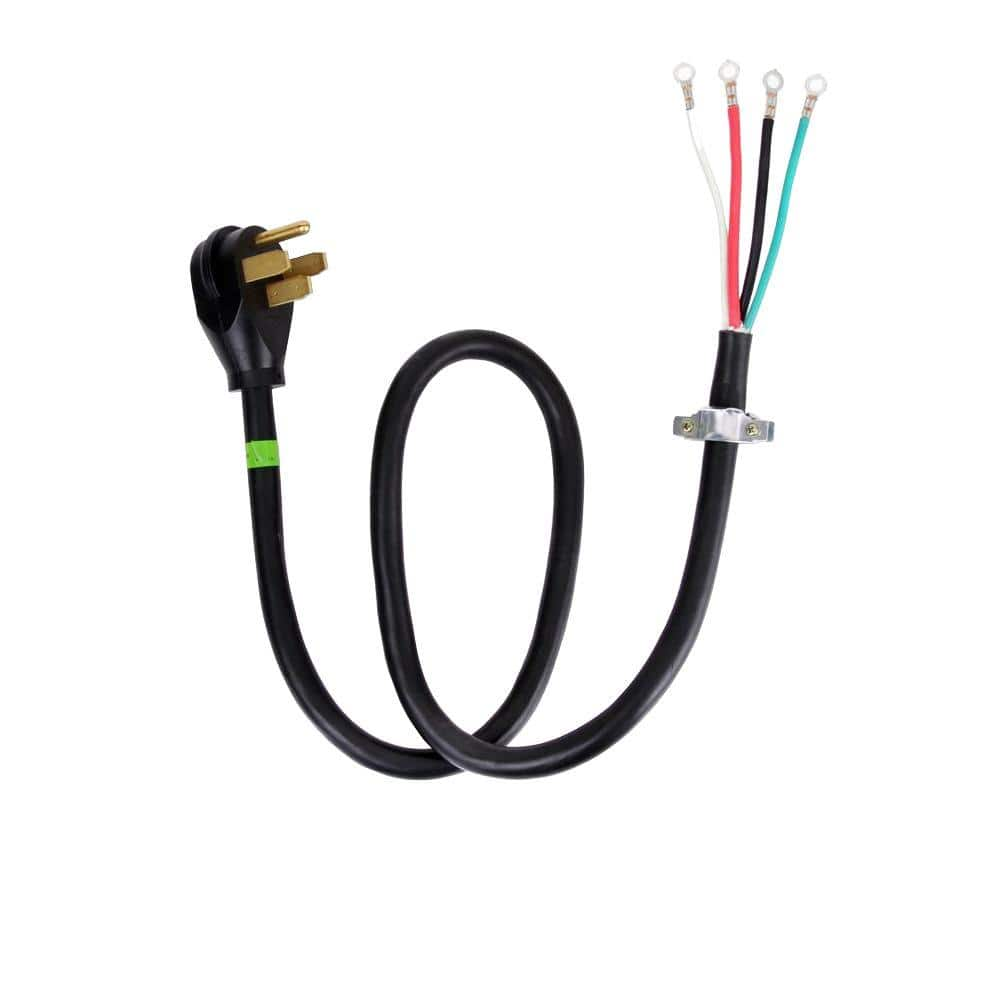- Location
- Chapel Hill, NC
- Occupation
- Retired Electrical Contractor
Have I been unaware my entire life that range cords have always used different sizes. For instance a range cord can have 2- #6 and 2-#8 I assume the #8's are for neutral and ground. 40 amp Cords use #8 and #10 and obviously has a 50 amp end.
The ones I used to buy only stated range cord.
The ones I used to buy only stated range cord.


